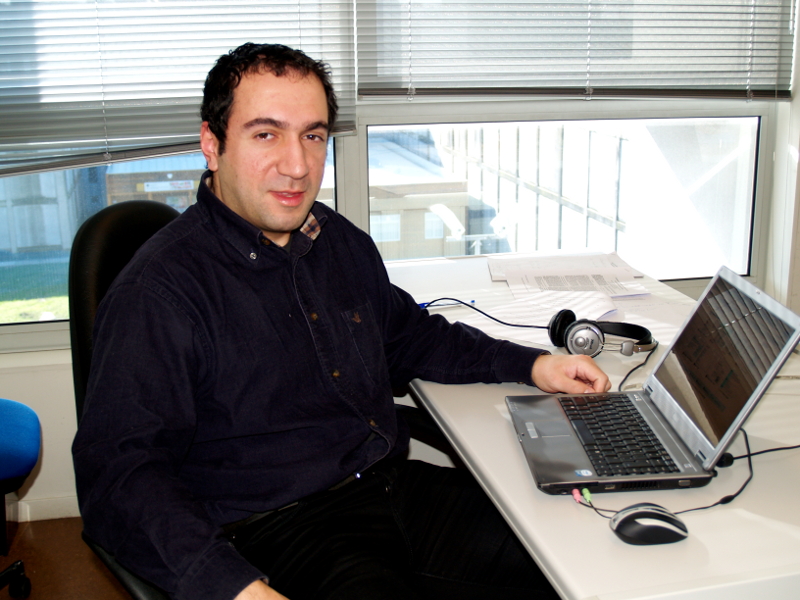New PhD holder at UTM
Gustavo Carneiro, a researcher at INESC TEC’s Telecommunications and Multimedia Unit (UTM), is the most recent PhD holder at the Unit. On 10 July he defended his dissertation entitled "Transparent Metropolitan Vehicular Network — Design and Fast Prototyping Methodology", which describes a network architecture that allows public transport passengers to have WiFi access from their mobile devices.
30th July 2012
Furthermore, this work presents a new methodology that makes it easier to prototype protocols using ns-3 network simulators. This dissertation is based on the theoretical work that was used as the starting point for the SITMe project where the aim was to develop a technology to support communications for public transportation users. This work describes a new metropolitan mesh network that links mobile vehicles to WiMax stations and bus stops equipped with communication devices. This network supports "boxes" which are placed on the bus to provide WiFi access, which means that while passengers are on the bus, they have Internet access.
This work is highly innovative as the boxes support various types of technology and any necessary change will not have an impact on the mobile terminals that are connected. Furthermore, the protocols used are also suitable for large-scale networks with thousands of nodes that allow the mobile terminals to change their access point, for example from the bus stop to the bus, without interrupting the connection.
This thesis focuses on two important points: firstly scale because the network had to be able to support tens of thousands of passenger terminals; and secondly the automatic configuration of the terminals (common terminals had to be supported without having to install additional software or configure the network) and the networks (so that the network devices did not require special configuration, they just needed to be put in place and turned on) were also important.
This also makes extending and maintaining the network much simpler and keeps operational costs low, while supporting multiple types of access technology and offering total mobility. This work was supervised by Manuel Ricardo, manager at UTM.
UTM/INESC TEC, July 2012


